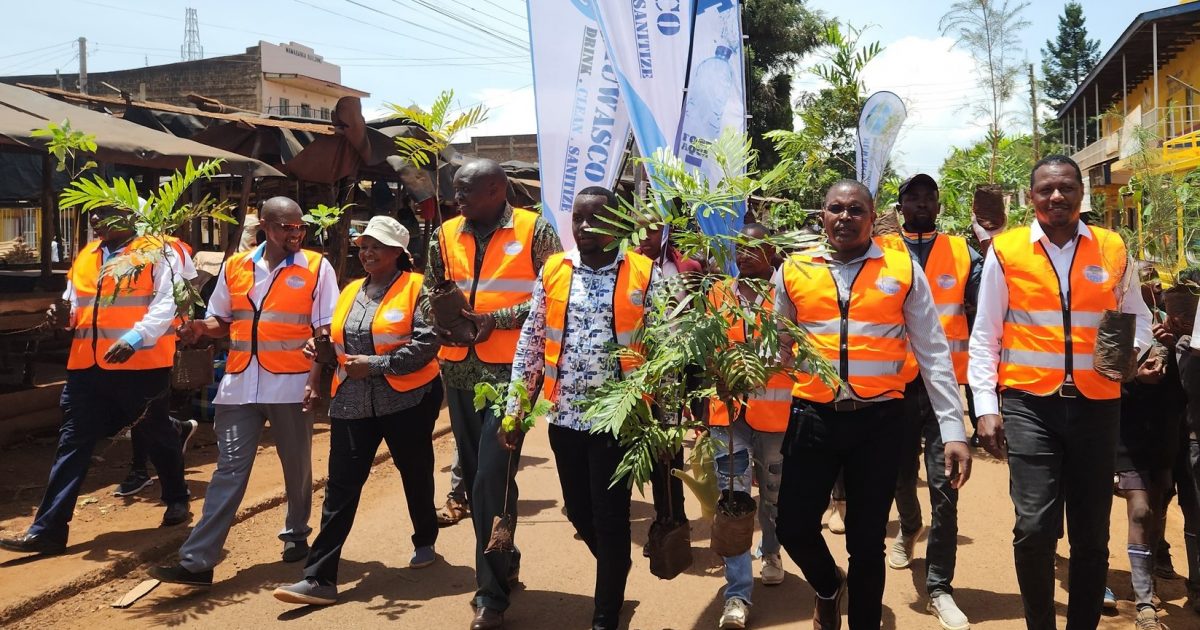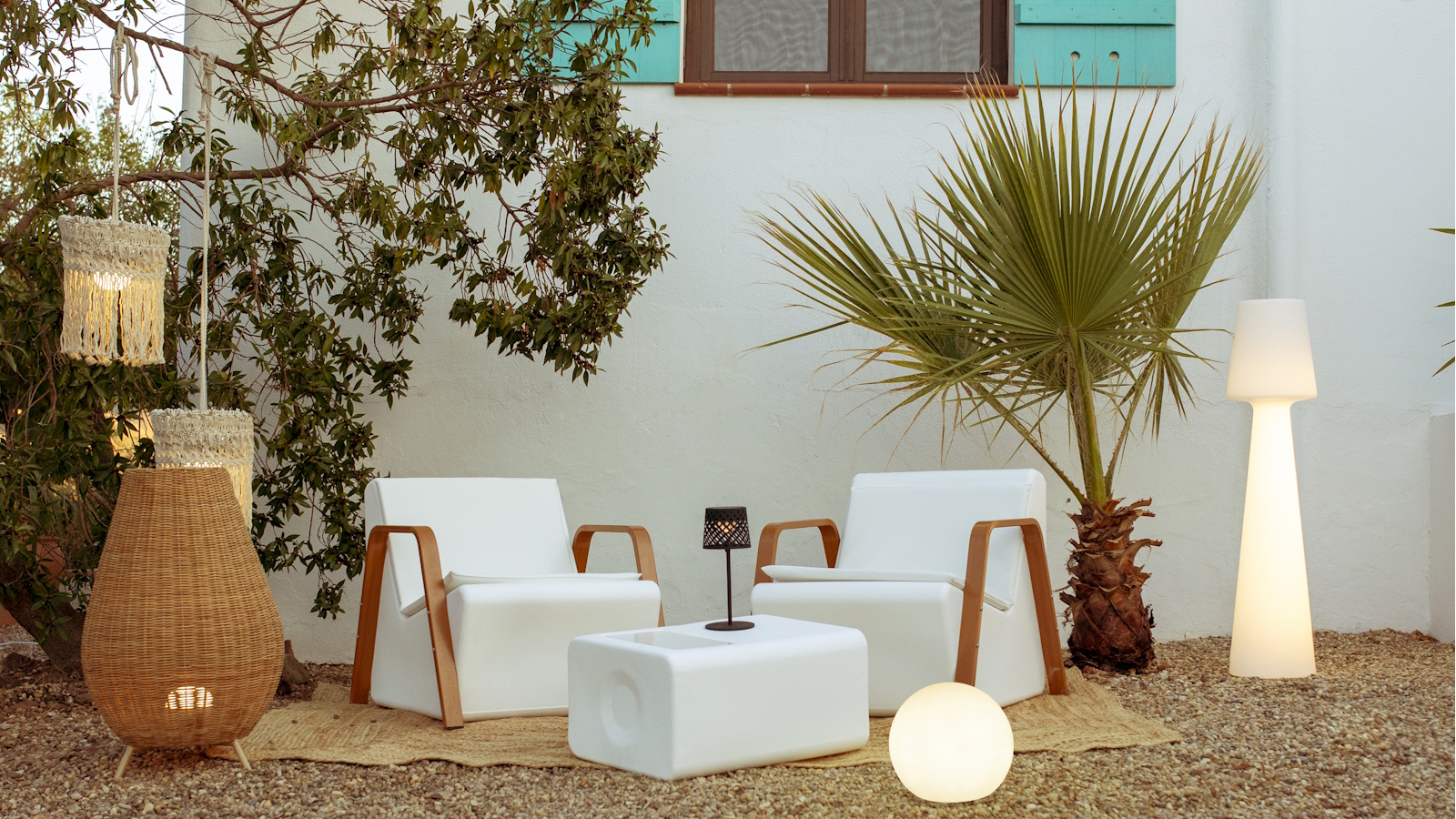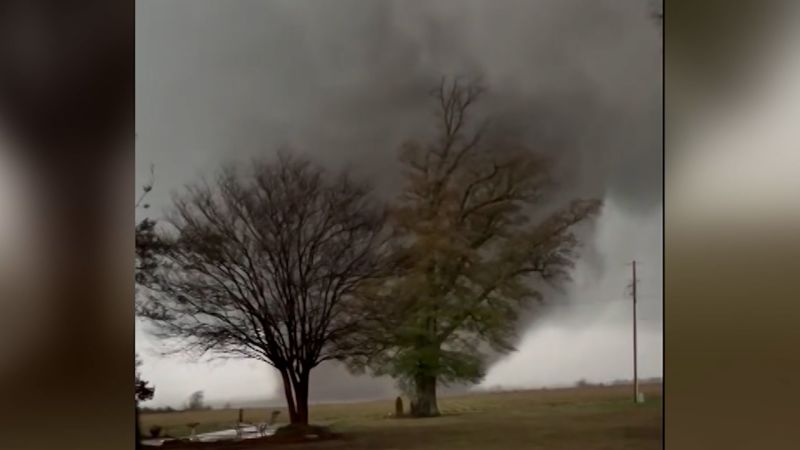
In addition to adding bright ruby red and earthy green hues to the garden , rhubarb is generally considered an easy-to-grow, low-maintenance perennial plant . Rhubarb generally produces abundant crops with minimal effort and thrives in various conditions, and there's a clever method known as forcing that can speed up the process. Forcing rhubarb involves growing the crown fruit earlier and more quickly to produce sweeter, more colourful stems.
According to Rachel Cole, Seed Manager at Mr Fothergill’s , these should almost be ready for harvest. She urged: "If you're looking for an early harvest of rhubarb, often referred to as ‘forcing’ rhubarb, now is the time to keep a close eye on your crop." Rachel said: "Check them every couple of weeks, give them an occasional watering, and make sure the roots remain covered with forcing pots or large flowerpots.

This will help the stems develop that delicate, tender texture and light pink hue." Usually, rhubarb is ready to harvest after seven to eight weeks of forcing. During this time, the plant lacks light, mimicking underground conditions.
As a result, they grow more quickly, are more tender, and don't have the normal green colouring, which is responsible for the brighter and sweeter fruit. If you still have a few weeks left to force, Rachel said not to overthink caring for your plants. She said: "Rhubarb is quite happy if you water occasionally and keep the roots covered.
Do this, and you will be able to pull lovely, tender pink stems." The seed expert suggested that "early crops can be harvested right now if they are looking good", including those forced from January. You’ll know your rhubarb is ready once the stems are at least 25cm (10 inches) long, not including the leaves.
At this height, "you can be sure they’ll have that signature sweet-tart flavour that makes rhubarb a firm favourite in the kitchen", said Rachel. If your rhubarb isn’t ready to harvest, keep it well-watered and promptly remove any flowering shoots that may appear. Anyone growing unforced rhubarb can start harvesting from April, typically in the second year after planting.
Rachel said, "Good post-harvest care is essential for a strong, healthy rhubarb crop. Once you’ve finished harvesting—usually by June or July—apply a liquid feed to replenish the plant’s energy. "For even better results, mulch your plants in January or February to improve overall plant health and set yourself up for an abundant crop the following year.
" With these expert tips, your rhubarb harvest should be a resounding success—whether you enjoy it in classic crumbles, jams, or refreshing cordials. If you're already planning your rhubarb harvest for next year, Rachel warned: "The plants you have forced this season should be grown without forcing next year: do not force for the next two years as the plants need time to recover.".















